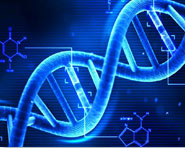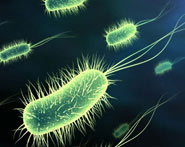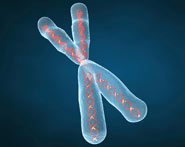


 النبات
النبات
 الحيوان
الحيوان
 الأحياء المجهرية
الأحياء المجهرية
 علم الأمراض
علم الأمراض
 التقانة الإحيائية
التقانة الإحيائية
 التقنية الحيوية المكروبية
التقنية الحيوية المكروبية
 التقنية الحياتية النانوية
التقنية الحياتية النانوية
 علم الأجنة
علم الأجنة
 الأحياء الجزيئي
الأحياء الجزيئي
 علم وظائف الأعضاء
علم وظائف الأعضاء
 الغدد
الغدد
 المضادات الحيوية
المضادات الحيوية|
Read More
Date: 6-12-2021
Date: 9-9-2021
Date: 6-9-2021
|
Gluconeogenesis Overview
Some tissues, such as the brain, red blood cells (RBC), kidney medulla, lens and cornea of the eye, testes, and exercising muscle, require a continuous supply of glucose as a metabolic fuel. Liver glycogen, an essential postprandial source of glucose, can meet these needs for <24 hours in the absence of dietary intake of carbohydrate .
During a prolonged fast, however, hepatic glycogen stores are depleted, and glucose is made from noncarbohydrate precursors. The formation of glucose does not occur by a simple reversal of glycolysis, because the overall equilibrium of glycolysis strongly favors pyruvate formation (that is, the change in standard free energy [ΔG0] is negative). Instead, glucose is synthesized de novo by a special pathway, gluconeogenesis, which requires both mitochondrial and cytosolic enzymes. [Note: Deficiencies of gluconeogenic enzymes cause hypoglycemia.] During an overnight fast, ~90% of gluconeogenesis occurs in the liver, with the remaining ~10% occurring in the kidneys. However, during prolonged fasting, the kidneys become major glucoseproducing organs, contributing ~40% of the total glucose production. [Note: The small intestine can also make glucose.] Figure 1 shows the relationship of gluconeogenesis to other essential pathways of energy metabolism.
Figure 1: Gluconeogenesis shown as one of the essential pathways of energy metabolism. The numbered reactions are unique to gluconeogenesis. P = phosphate; CO2 = carbon dioxide.



|
|
|
|
لشعر لامع وكثيف وصحي.. وصفة تكشف "سرا آسيويا" قديما
|
|
|
|
|
|
|
كيفية الحفاظ على فرامل السيارة لضمان الأمان المثالي
|
|
|
|
|
|
|
شعبة مدارس الكفيل: مخيَّم بنات العقيدة يعزِّز القيم الدينية وينمِّي مهارات اتخاذ القرار لدى المتطوِّعات
|
|
|